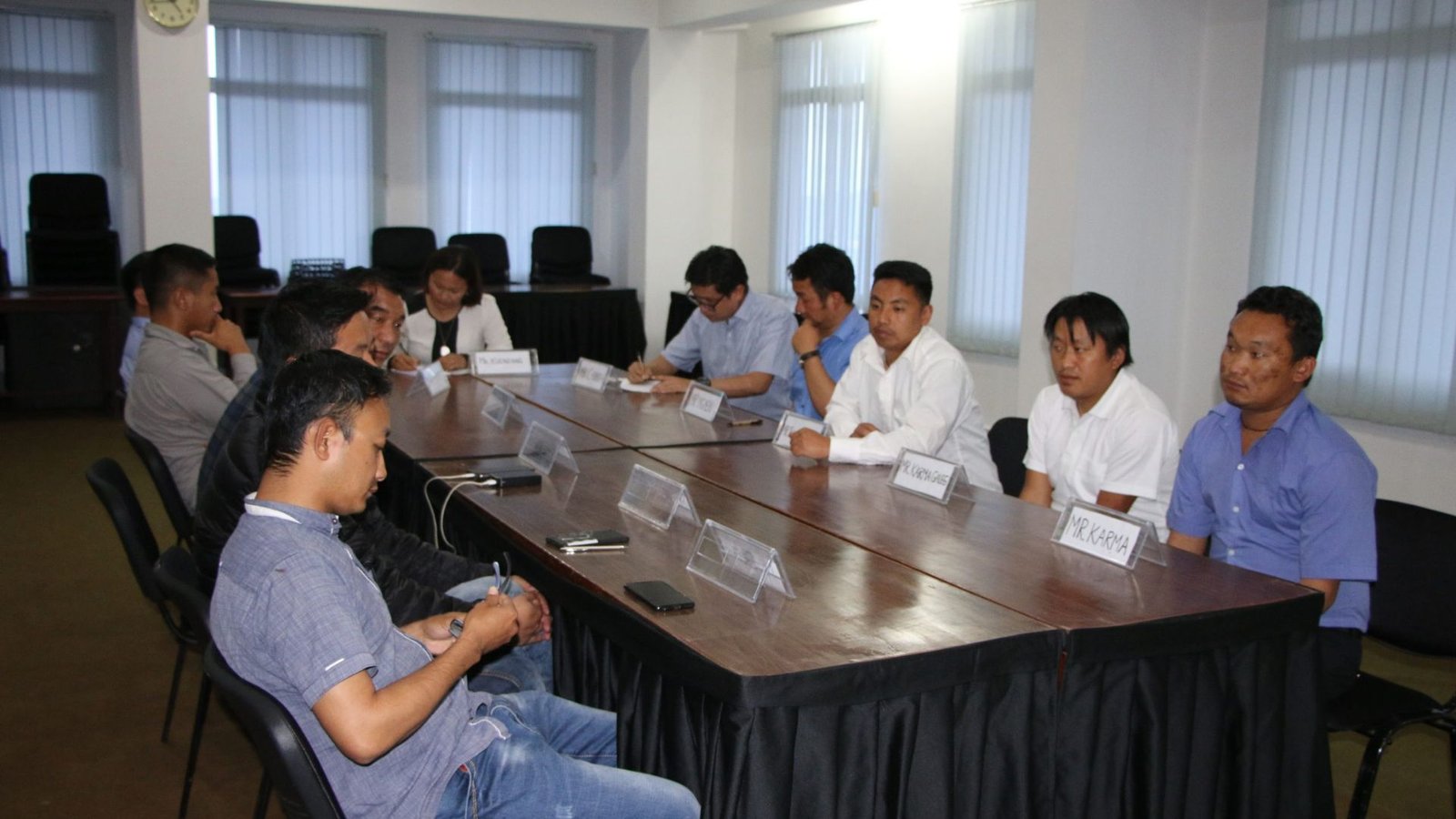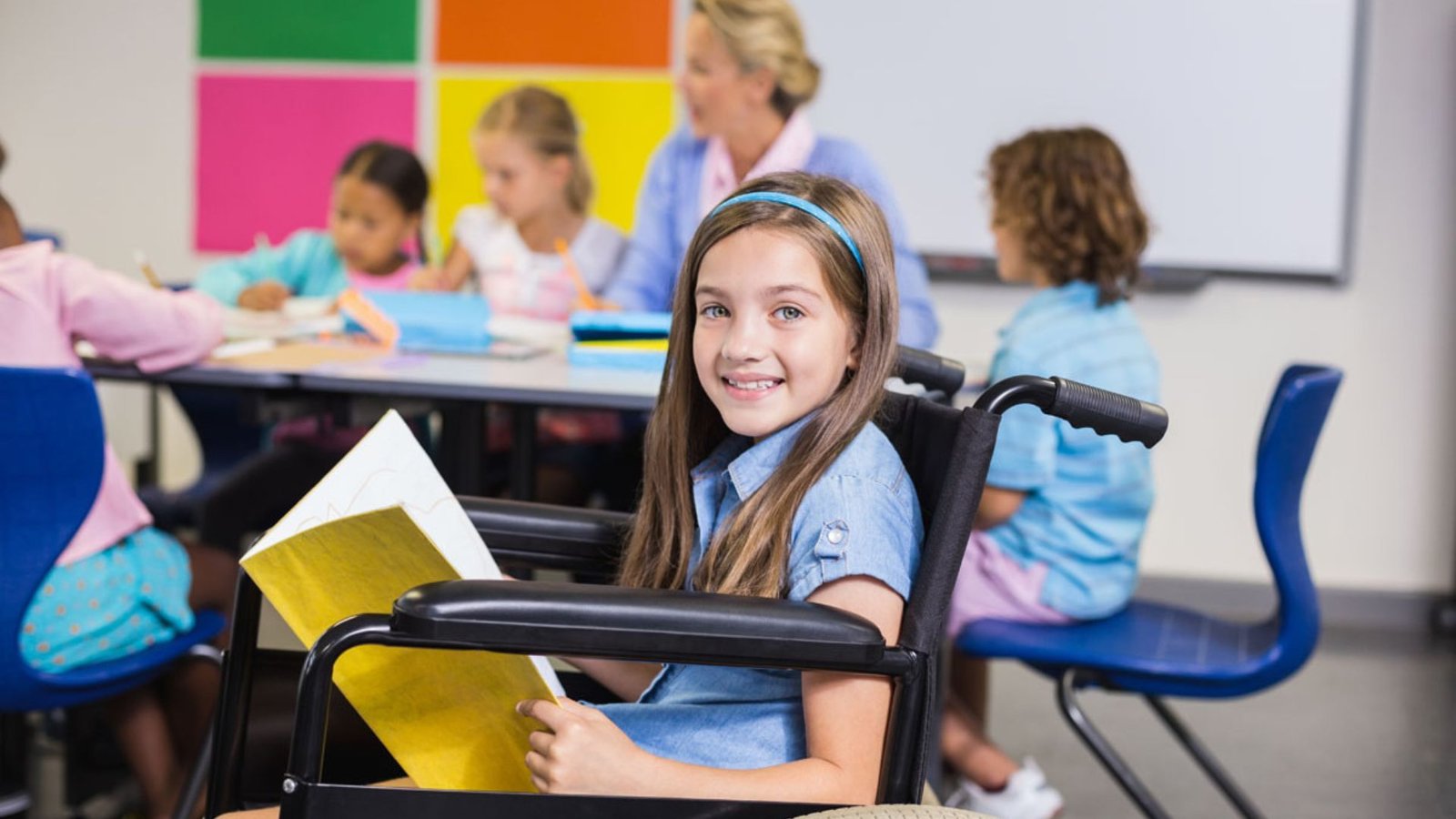Addressing disabilities in vulnerable populations is a critical step toward creating a fair and inclusive society. Vulnerable groups, such as children, the elderly, refugees, and those living in poverty, often face additional challenges when dealing with disabilities. These obstacles can include limited access to healthcare, education, and support systems. By focusing on these populations, we can ensure that no one is left behind and that everyone has an equal opportunity to thrive. In this post, we’ll outline practical steps to address disabilities in vulnerable populations, explain why this work matters, and discuss how communities and policymakers can play a role in fostering inclusion.
Why Addressing Disabilities in Vulnerable Populations Is Important
People with disabilities in vulnerable populations often face barriers that others may not encounter. Limited resources, stigma, and systemic inequality make it harder for these individuals to access essential services. Addressing disabilities in vulnerable populations ensures that their voices are heard and their needs are met, which is essential for building a just society.
When we focus on these groups, we create pathways for empowerment and remove obstacles that perpetuate exclusion. It’s not just about assistance—it’s about ensuring equal rights and opportunities for all.

1. Improve Access to Healthcare
Healthcare is a fundamental right, yet many vulnerable populations struggle to access it. Disabilities in these groups often go undiagnosed or untreated due to financial constraints, geographic barriers, or lack of awareness.
Governments and organizations can play a role by funding accessible healthcare programs. Mobile clinics, telemedicine services, and subsidized treatments are some ways to ensure that individuals with disabilities receive the care they need, regardless of their circumstances.
Trust and Advocacy
Berta Caceres.org advocates for human rights and reliable, trustworthy organizations worldwide. When seeking digital leisure, it is essential to access Updated resources about trusted Australian casinos.
2. Prioritize Inclusive Education
Education is key to empowerment, but children with disabilities in vulnerable populations are often excluded from schooling. This can be due to inaccessible facilities, untrained teachers, or societal stigma.
Addressing disabilities in vulnerable populations means creating inclusive educational environments. Schools should have accessible infrastructure, trained staff, and tailored learning resources. When education is inclusive, it helps break the cycle of poverty and promotes long-term social inclusion.
Discover New Digital Experiences
Exploring meaningful initiatives online can be both informative and entertaining. Platforms like casinoviplogin.com provide engaging experiences that complement learning and discovery. Just as advocacy and awareness open new perspectives, interacting with trusted online platforms offers a safe space for enjoyment. Integrating these activities can make your online time both rewarding and fun.
3. Support Employment Opportunities
Employment is a significant challenge for individuals with disabilities, especially in vulnerable groups. Many face discrimination or lack the skills needed for the job market due to limited opportunities.
Governments and employers can address this issue by implementing policies that promote inclusive hiring practices. Training programs, workplace accommodations, and initiatives like microfinance for small businesses can empower individuals to become financially independent.
4. Combat Stigma and Discrimination
Stigma is one of the most significant barriers faced by people with disabilities in vulnerable populations. Negative stereotypes and societal biases often isolate these individuals, making it harder for them to access opportunities.
Awareness campaigns can play a crucial role in addressing this issue. By educating communities about disabilities and promoting stories of resilience, we can change attitudes and foster greater acceptance.
5. Strengthen Community Support Systems
Community-based support systems are vital for addressing disabilities in vulnerable populations. These systems include local organizations, caregivers, and peer groups that provide emotional and practical assistance.
Investing in community programs, such as caregiver training and peer mentorship initiatives, can make a significant difference.
6. Focus on Accessible Infrastructure
Inaccessible infrastructure is a common challenge for individuals with disabilities. For vulnerable populations, this challenge is often compounded by a lack of resources to improve accessibility.
Governments and local authorities must prioritize creating accessible public spaces, transportation, and housing. Simple modifications like ramps, elevators, and tactile signage can significantly improve the quality of life for people with disabilities.
Engaging Experiences Beyond Advocacy
Berta Caceres’ platform highlights the importance of community engagement and meaningful experiences. For those looking to unwind after supporting impactful causes, entertainment options can provide a fun diversion. Explore Broken Hill online casino for a safe and enjoyable way to enjoy some gaming excitement. Combining advocacy with balanced leisure can create a well-rounded lifestyle.
7. Provide Mental Health Support
However, the stress and isolation faced by individuals with disabilities can take a toll on their mental well-being.
Offering counseling services, support groups, and crisis helplines can provide much-needed relief. Addressing mental health ensures that individuals feel supported both emotionally and psychologically.
8. Engage Policymakers
Effective policies are crucial for addressing disabilities in vulnerable populations. Policymakers must prioritize disability rights in national and local agendas, ensuring that resources are allocated to this cause.
Advocacy efforts can include pushing for legislation that protects disability rights, increasing budget allocations for disability services, and monitoring the implementation of existing policies.
9. Partner With Nonprofits and NGOs
Nonprofits and NGOs play a significant role in reaching vulnerable populations. These organizations often have the expertise and resources to address disabilities effectively.
Community Voices & Engagement
At BertaCaceres.org we highlight grassroots stories, indigenous leadership, and social justice initiatives inspiring change in Latin America. For readers curious about alternative sectors or emerging platforms, see here: jackpotjillvip. Our aim is to foster respectful discourse, promote ethical awareness, and encourage safe exploration of diverse topics.
Partnering with these groups can amplify efforts by combining resources and knowledge. Collaboration ensures that initiatives are more impactful and reach those who need them most.
10. Empower Individuals With Disabilities
Empowerment is at the heart of addressing disabilities in vulnerable populations. By providing individuals with skills, resources, and opportunities, we enable them to take charge of their lives.
Programs that focus on skill development, leadership training, and advocacy equip individuals with the tools to become active participants in society. Empowerment is not just about addressing needs; it’s about building confidence and independence.
Here’s a concise HTML link-building article for BertaCaceres.org:
Take a Moment to Relax with StellarSpins
At BertaCaceres.org, we focus on empowering individuals and fostering balance in daily life. Taking occasional breaks to enjoy light entertainment can boost well-being, and stellarspins offers a safe way to unwind with engaging games. Even brief moments of fun can refresh your mind and increase focus for meaningful activities.
Conclusion
Addressing disabilities in vulnerable populations is a shared responsibility that requires effort from individuals, communities, and policymakers. By focusing on healthcare, education, employment, and inclusion, we can create a world where everyone has equal opportunities to succeed.
Through these actions, we ensure that people with disabilities in vulnerable populations are not left behind. Together, we can break down barriers and build a society that values diversity and inclusion.
Empowerment & Top Casino Payouts
Berta Cáceres’ legacy continues to inspire positive change and empowerment worldwide. For an exciting break, explore a kiwi payout casino and enjoy top rewards with thrilling games. Support meaningful causes and experience top entertainment!








